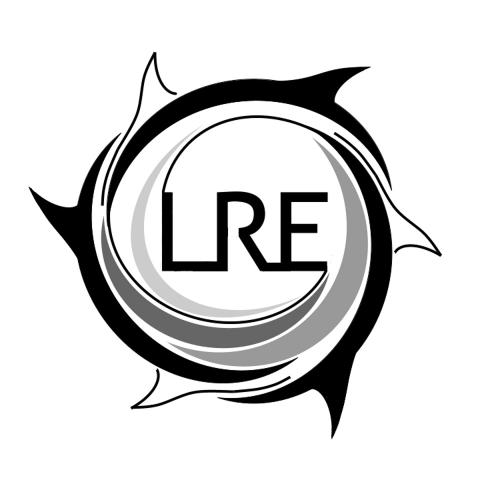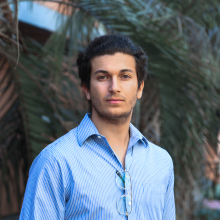LRE

LRE
With the burgeoning of the commercial space industry in recent years, many startups have embarked on a mission to rapidly develop the infrastructure and technology needed to advance humanity to the Moon, Mars, and beyond. To support this endeavor, NASA developed the Artemis space program with the goal of establishing a permanent human presence on the Moon. However, to live on the Moon, we must prepare to confront the challenges posed by the harsh lunar environment such as: a complete lack of food, water, and air, and harmful levels of radiation. Furthermore, because it costs as much as 1.8 million USD to send the mass equivalent of a single bottle of water to the lunar surface, it is necessary to have Moon-based solutions for all expected dilemmas as regular resupply missions are financially infeasible. The solution is found in the lunar regolith, or soil –a virtually infinite resource on the lunar surface which can be processed to extract water for human consumption and crop growth, oxygen to breath, and construction materials for radiation shielding. To address this need, the UCSB Lunar Regolith Excavator capstone team has developed a developed a low force excavator capable of mass harvesting of the lunar regolith. The excavator interfaces with the Venturi Astrolab’s FLEX rover and leverages its unique capabilities to offer a next-generation commercial solution to regolith excavation.




